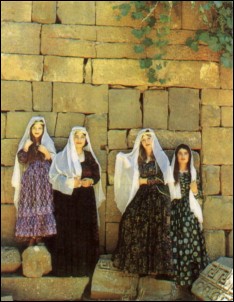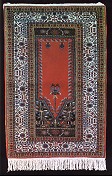It is said that this dance came from the antique age from the east – from oriental countries.
 The main countries which belong to it is Egypt, Libanon, Turkey, Syria, lands of north Africa, but also Greece and the far east for example India.
The main countries which belong to it is Egypt, Libanon, Turkey, Syria, lands of north Africa, but also Greece and the far east for example India.
In every this country an oriental dance has its own characteristic and it has differences in many ways, especially it depends on the culture of the type of the typical land. Music has different speed and dynamics.
For example in India music is more slowly and you can use a typical costume for the far east with a traditional expedient and complement. On the other hand in the middle east countries, music is faster with more dynamics. There a dancer can wear more courageous costume and there we can find a little bit of European culture.
Nowadays we can find modern western music and hear a beautiful sound of drums and this style makes the dancer use temperament movements. The dancer shows us beauty, elegancy, temptation and courage. In the oriental countries, men can dance, too!
They can dance in a group of people – it is a part of national folklore. Man „the dancer“ can dance alone, too.
We can see him in some performance where the main figures are concentrated into his hands and steps variations. Here the choreography is very rich. Man can use some complements and musical instruments for dancing for example drums – from Arabic word „habil hawa“ or instruments like a guitar. Dancers mainly take parts of performance on life music – it is a traditional symbol for oriental dance especially in Arabian countries. Dancers from Syria from the town Allepo are called „melawe“. These dancers can rotate nearly all the evening. They change the speed of dancing with the speed of music. 
They wear wide white costume and colourfull bows which are on their waists. On their heads they wear higher hats. This kind of dancing is performed in a group of men where they take parts of a traditional cultural program in many occasions and festivals. Men’s costumes depend on the fact if the dancer dances alone or with a woman partner. If it is a couple, dancer’s costume should be suitable for the woman. There mainly dancers wear black costume with a bow which is in their waist. There dancers also can wear some shirt with ornaments and decorates and it could be colourfull, too. Dancers – men wear shoes on their feet instead of dancers – women who dance without shoes or rarely they can wear special oriental shoes or heels. If man the dancer has a performance alone – his costume depends on his own taste and on the exact occasions.